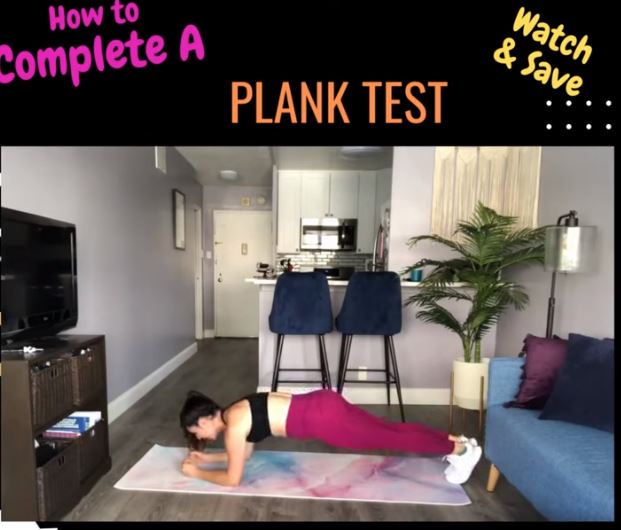Beginner's Workout Video, Fitness, How To Complete an Exercise, Weight Loss
How To Complete A Plank
How To Complete A Plank 2023
What Is A Plank?
A plank is an exercise that involves holding a push-up position, also known as a high plank, for an extended period. To perform a plank, you start in a push-up position with your arms straight and hands shoulder-width apart on the ground, and your toes touching the floor. You then engage your core muscles to maintain a straight line from your head to your heels, holding the position for as long as you can.
Planks are an effective exercise for strengthening the core muscles, including the abdominals, back, and hips. They can help improve posture, stability, and balance, and are often included in fitness routines, physical therapy programs, and yoga practices. There are also variations of the plank, such as side planks and plank jacks, that target different muscle groups and add variety to your workout routine.
Sure, here are the steps to perform a basic plank exercise:
- Start in a push-up position with your hands shoulder-width apart on the ground and your toes touching the floor.
- Engage your core muscles, including your abs and glutes, to maintain a straight line from your head to your heels.
- Keep your elbows straight, your shoulders away from your ears, and your neck in a neutral position.
- Hold the position for as long as you can, aiming for at least 30 seconds to start.
- To end the plank, lower your knees to the ground and rest.
It’s essential to maintain proper form and avoid sagging or arching your back during the exercise, as this can strain your lower back and reduce the effectiveness of the exercise. Start with holding the plank for a shorter period of time and gradually increase the duration as you build strength and endurance.
How Long Should I Hold A Plank?
The length of time you should hold a plank depends on your fitness level and goals. If you’re new to planking, you may want to start by holding the plank for 10-20 seconds at a time and gradually increasing the duration as you build strength and endurance.
For most people, a good goal to aim for is to hold a plank for at least 30-60 seconds. If you can hold a plank for 60 seconds or more with good form, you may want to consider adding variations or increasing the difficulty of the exercise.
It’s important to listen to your body and avoid pushing yourself too hard, as holding a plank for too long can cause muscle strain and fatigue. If you feel any discomfort or pain, it’s important to stop the exercise and rest.
- Core strength: Planks target your core muscles, including your abs, back, and hips, which can help improve your overall core strength and stability.
- Improved posture: By strengthening the muscles that support your spine, planks can help improve your posture and reduce the risk of back pain and injuries.
- Increased flexibility: Planks can help stretch and lengthen the muscles in your shoulders, collarbones, and shoulder blades, which can improve your range of motion and flexibility.
- Better balance and stability: Planks require you to engage your core muscles to maintain a stable position, which can help improve your balance and stability.
- Reduced risk of injury: By strengthening your core and improving your posture and balance, planks can help reduce the risk of injuries, especially to your back and spine.
- Improved overall fitness: Planks are a full-body exercise that can help you build strength and endurance, and they can be modified to suit your fitness level and goals.
Incorporating planks into your exercise routine can help you achieve a healthier body and improve your overall fitness and well-being.


Blue Techker Good post! We will be linking to this particularly great post on our site. Keep up the great writing